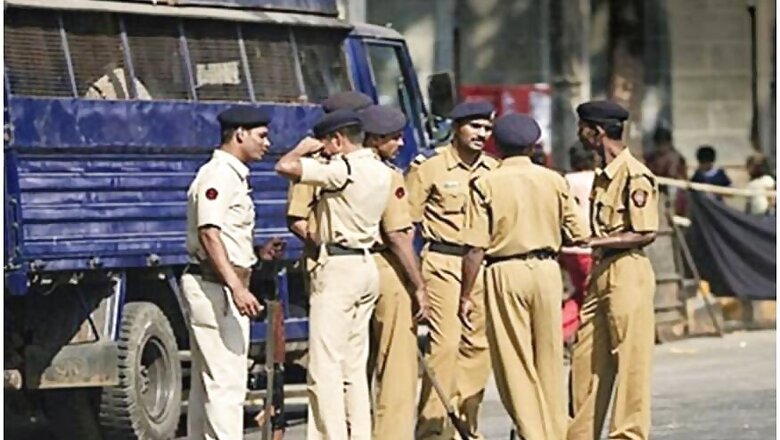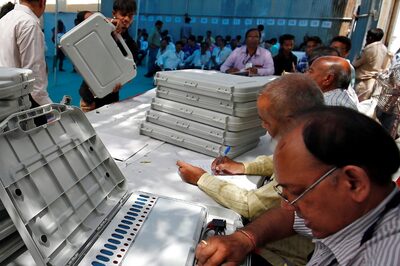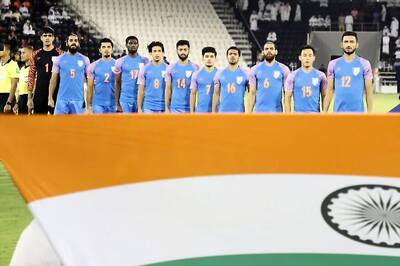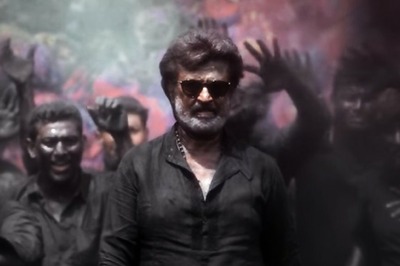
views
New Delhi: The SWAT team of Muzzafarnagar and the Special Cell of Delhi Police had information that Shamim, a “notorious gangster”, was planning a robbery in Jansath town in western UP along with two of his associates on December 30 last year.
He was intercepted by the police and an exchange of fire ensued. Shamim’s family later learnt that the sole earning member had been killed in an encounter, not through the police but local newspapers. His two associates had managed to escape.
A new fact finding report by ‘Citizens Against Hate’ has documented 16 cases in which the same situation played out – police received a tip-off about a crime that was going to happen, they laid a trap, an encounter took place, and the suspected criminal was shot dead.
Similar modus operandi in all the killings has led the team to conclude that police had been conducting “fake encounters” or “pre-meditated extra-judicial executions”.
“We saw almost 16 cases where encounters happened in the same way. They are either informed by informers or by police complainants or at a place where police just happened to reached, and the victims had started firing at them. Every time the victim reaches a juncture where he can run away. One of his friends escape but he gets killed,” said a member who was part of the team that travelled to UP to work on the report.
In all, at least 50 criminals have been killed in over 1,700 encounters since the BJP government took over in UP in March last year. The UP State Human Rights Commission (SHRC) is already conducting a probe into four of these alleged encounters following complaints by family members that they were fake.
Saleha, a frail looking woman whose husband was shot dead in one such encounter, recollected the first time she saw his dead body.
“The body was decaying at several places. There was no blood as he was killed days before we were informed. We came to know later that although police told us he had been shot the day we were informed, he had actually died two to three days ago,” she said.
The report blamed the encounter killings on the ‘crime control’ movement initiated by UP Chief Minister Yogi Adityanath. It has also pointedly blamed the police for undermining the Supreme Court and National Human Rights Commission guidelines meant to check fake encounters.
“The CM had stated that those who believe in gun, will be answered through guns,” stated senior advocate Prashant Bhushan, who recently petitioned the NHRC to probe these encounter killings.
The report has also taken note of 12 cases in Mewat region near Gurugram in Haryana between 2017 and 2018, and said they too were likely to be fake encounters. There has been a spike in encounter cases related to attempts to smuggle cows for slaughter.
“The victims are mostly Meo Muslims. Most of them are cattle farmers and are socially and economically downtrodden. But there is an extreme level of police impunity observed in the area. Bodies of victims killed in encounters were often not returned to families and if burial took place it was amidst heavy police presence which ensured no evidence remains of their crime. Most of the families don’t even have death certificates yet,” said one of the members who was a part of the fact finding team.
The case analysis strives to prove that police often abuse laws at their disposal, including sections of the criminal procedure code that enables the police to “use all means
possible, including lethal force, to make arrests.”
Although there are already laws in place to tackle the issues raised, the report has highlighted amendments needed to put a structure in place.
It has presented a case for recording of statements of family and not just witnesses, giving families immediate access to FIR and post-mortem report, registering a case under Section 302 of the IPC and not leaving sections to the discretion of cops, and finally, empowering the NHRC to play a more proactive role.
The report has also highlighted a few cases in other states like Rajasthan. In August 2017, one Qasim was shot in his village during the early hours in Bharatpur. His family maintains that Qasim was acquitted in all criminal cases at the time of this incident, and that the police was informed of it during the encounter. Still the operation went on.
Akram Chaudhary, a local leader, claimed that “almost 1500 such encounters have taken place since 2014” and attempted to bust the common ground often resorted to by officials for conducting such encounters.
“Usually robbery is done by a group of people but in all these encounters when the police say that they were doing dacoity, they could only state that victim had a single accomplice. How can a single or two individuals do dacoity?”Chaudhary asked.
Another point of note by the report was the “incentive structure” in the police force which continues despite allegations regarding fake encounters and how “not a single case was filed against the police officials after all these encounters.”
“In UP, state government seems to have launched a drive for encounter killings. The state has also a reward system for officers fighting crime aggressively. Officers are seen as high achievers and have been known to be given ‘prize’ postings. The situation is similar in Haryana,” states the report.




















Comments
0 comment